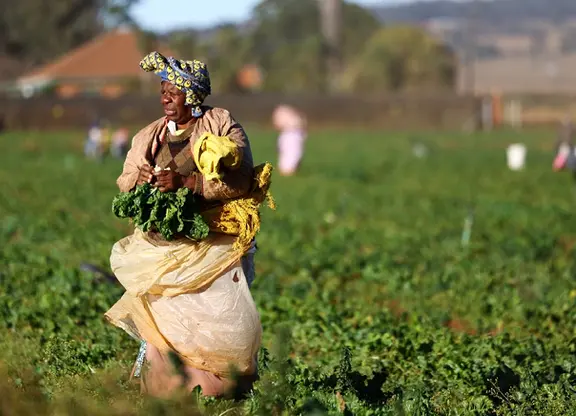Balanchine’s 1967 three-act Jewels is regarded as the first abstract full-length ballet. Emeralds set to Faure pays tribute to France, the birthplace of classical ballet. Rubies set to Stravinsky pays tribute to America where Balanchine founded the New York City Ballet. And the final part, Diamonds, set to Tchaikovsky’s third symphony, is Balanchine’s homage to his St Petersburg past.
Royal Ballet dancers in Jewels.
This Balanchine masterpiece has become an international ballet hit in the past decade, being in the repertory of every top ballet company in the world, including the Paris Opera Ballet and the Mariinsky Ballet.
Hong Kong audiences last saw the triptych in 2015 danced by the Bolshoi Ballet during the Hong Kong Arts Festival.
The Royal Ballet first staged a production 10 years ago. And the timing of this year’s revival is fitting, being the 50th anniversary of this ballet’s premiere. This latest Royal Ballet revival was immaculately staged by Elyse Borne and Patricia Neary. Borne staged Emeralds and Diamonds, while Neary staged Rubies. Jean-Marc Puissant’s set designs, however, are dull.
It was a treat to see three different casts of Jewels in the final week of performances at Covent Garden in late April. The first part of the triptych, Emeralds, is a homage to old French Romantic ballet. The choreography is rich with two solos, two duets, an inspired pas de trois, and an elegiac pas de sept at the end.
Dancers in a scene from the Royal Ballet’s Rubies.
Beatrix Stix-Brunell was captivating as the first ballerina. Laura Morera was most expressive as the second ballerina. She seemed to be floating on the clouds at the end of the second duet when she was making her long exit across the stage en pointe. In the trio, James Hay was airy in his jumps.
In another cast, Yasmine Naghdi was alluring as the first ballerina, and Matthew Ball was her elegant cavalier. Itziar Mendizabal shone as the second ballerina.
In Rubies, Balanchine’s witty choreography is full of turned-in and off-balance steps.
The ballet was danced with a bright energy by the whole cast. The grands battements by the female corps de ballet women evoked the showgirls’ high-kicks in Broadway musicals.
The best casting was Sarah Lamb and Steven McRae as the duet couple. McRae’s technical virtuosity was electrifying. At one point, he seemed to evoke a street gang leader leading four men on a chase. Lamb was glamorous as the ballerina, her dancing was sparkling as well as effortless. Tierney Heap was powerful as the “tall” female soloist. In another fine piece of casting, Akane Takada also dazzled as the ballerina.
The final Diamonds opens with a long passage for the corps de ballet forming different fascinating patterns based on the diamond shape. The closing polacca is a thrilling and blazing climax. Marianela Nunez was exquisite as the Diamonds ballerina, her dancing impeccable. Thiago Soares impressed as her cavalier. And Iana Salenko and Steven McRae both made remarkable debuts as the leading couple.
Jewels is certainly a fine showcase for the excellence in all the Royal Ballet’s ranks. And Balanchine’s choreography for Jewels repays repeated viewings and never ceases to yield rewards on each viewing.
(ASIA TIMES)
 简体中文
简体中文












